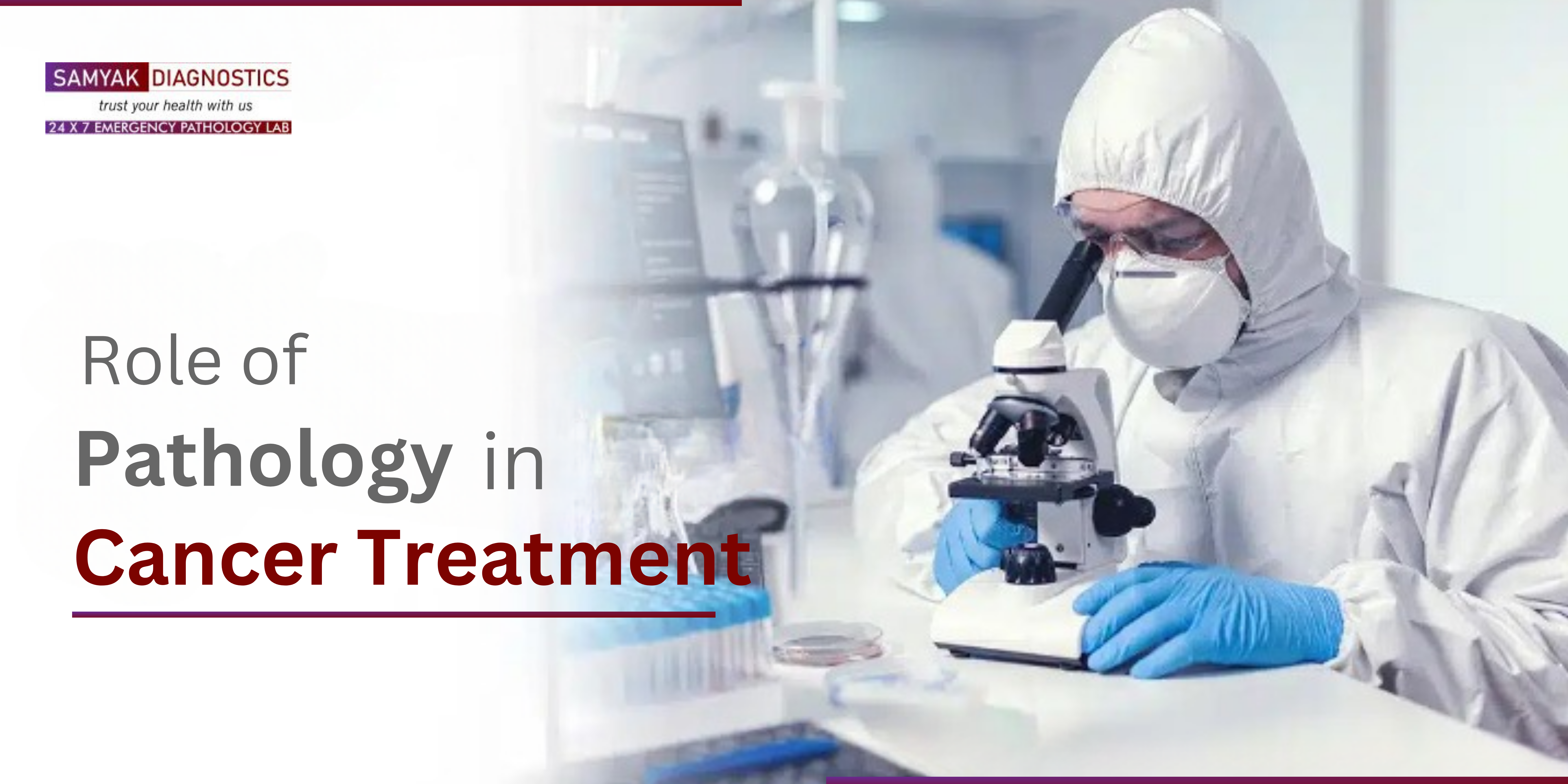
With regards to engaging disease, the area of pathology assumes a part that is completely basic. Pathologists are the in the background legends, working steadily to break down tissue tests, translate the complexities of malignant growth cells, and give fundamental data that guides oncologists in making customized and powerful treatment methodologies. In this article, we'll dive into the vital job of pathology in disease treatment, featuring how it shapes the way towards improved results for patients.
Understanding Pathology in Cancer Care
Pathology is the part of medication that spotlights on understanding the nature and reasons for illnesses by analyzing tissues, organs, and organic liquids. With regards to malignant growth, pathology becomes the dominant focal point in different parts of determination, anticipation, and treatment.
Accurate Diagnosis:Pathologists are liable for recognizing the presence of malignant growth, deciding the kind of disease, and surveying its grade and stage. This data is the establishment whereupon treatment choices are made. Exact determination guarantees that patients get the most fitting treatments for their particular disease, working on the possibilities of effective results.
Predicting Disease Progression: Pathology predicts how a specific disease is probably going to act and advance. This is essential for assessing the forcefulness of the illness, which helps oncologists in creating customized treatment plans. Understanding the possible course of disease permits medical services suppliers to be proactive in their methodology.
Guiding Treatment Decisions: Pathology discoveries give fundamental experiences into the sub-atomic and hereditary attributes of disease cells. This data is essential for distinguishing designated treatments, immunotherapies, and other accuracy medicines. By fitting therapies to the interesting hereditary cosmetics of a patient's disease, the odds of coming out on top are fundamentally expanded.
Monitoring Treatment Efficacy: All through malignant growth treatment, pathology keeps on assuming a urgent part. Pathologists investigate follow-up tissue tests, like biopsies after treatment, to survey how well the treatment is functioning. This continuous assessment decides whether acclimations to the treatment plan are essential.
The Power of Personalized Medicine
In the period of customized medication, pathology has become significantly more essential. Every disease is exceptional, and a one-size-fits-all way to deal with treatment is as of now not the standard. By looking at the hereditary transformations and sub-atomic markers present in a patient's malignant growth cells, pathologists can distinguish explicit treatments that are probably going to be compelling.
Designated treatments, which center around upsetting explicit particles engaged with the development of disease cells, have altered malignant growth treatment. These treatments are much of the time in view of the experiences given by pathology. For instance, in bosom malignant growth situations where the HER2 protein is overexpressed, designated treatments like Herceptin have shown surprising outcome in easing back the movement of the illness.
The Importance of Collaboration
The basic job of pathology in disease treatment features the significance of joint effort inside the medical care group. Oncologists, specialists, radiologists, and pathologists work inseparably to give complete consideration to disease patients. Every individual from the group offers their skill of real value, adding to a comprehensive methodology that boosts the possibilities of fruitful treatment.
In addition, headways in innovation and the accessibility of enormous information have extended the conceivable outcomes in malignant growth pathology. State of the art methods, for example, cutting edge sequencing, consider inside and out examination of a patient's disease at the sub-atomic level. This abundance of data gives significant experiences into the growth's science, which can be utilized to choose the best medicines.
Conclusion
The basic job of pathology in malignant growth treatment couldn't possibly be more significant. It fills in as the foundation of exact analysis, customized treatment, and continuous observing. By bridling the force of pathology, medical care suppliers can offer malignant growth patients the most obvious opportunity for effective results, all while propelling comprehension we might interpret disease and making ready for creative treatments. As innovation proceeds to advance and our insight extends, the organization among pathology and oncology will keep on molding the eventual fate of malignant growth care, carrying desire to people and families impacted by this considerable illness.
